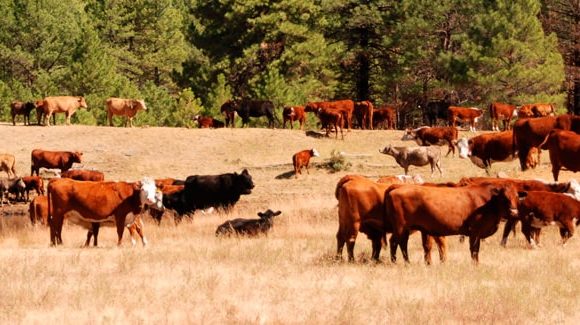This analysis of the Conservation Reserve Program (CRP) is a work in progress. As the farm bill process unfolds, the simulation model will be refined and applied, to the extent possible, to policy proposals taking shape in the Congress.
The competitive bidding process now used to select land for enrollment in the CRP is working well and should be retained. But by it’s nature, a competitive bid process makes it difficult to predict where and at what price land will be enrolled. Many factors will affect producer willingness to offer land for the reserve — crop prices and demand, what Congress does to the commodity programs, and whether conservation compliance is retained, strengthened or weakened. What is clear though is that the public will get the most for their CRP tax dollars through a wide-open competitive bid process.
The estimates of enrollments and payments reported herein are, therefore, just that — a set of preliminary estimates based on what might be expected to occur, under one set of assumptions, if the policy reforms recommended by the American Farmland Trust (AFT) were adopted as discussed in this paper. The estimates from this type of model are of greatest value in predicting the general impact of various policy proposals on state and regional enrollment and payment patterns, and on how budget savings can be achieved so additional land can be enrolled within a given budget baseline. But such models are not reliable in predicting point estimates, for example, how many acres of land in Kentucky contributing principally to wildlife habitat improvement will be among the new enrollments in the CRP.
With time, the provisions of the new CRP, budget baselines and environmental benefits index criteria will be known. The model can then be modified and CRP program results reestimated. As the program is implemented in the years ahead actual enrollments can be compared to estimated enrollments, providing insights regarding how the model can be improved.
Many people have helped in compiling the data and developing the model. Ms. Marjorie Harper of the NRCS Natural Resources Inventory Division provided valuable data from the National Resource Inventories. Mr. Tim Osborn, ERS/USDA deserves thanks for sharing his extensive knowledge of the CRP and help in structuring the model. Data on land now in the CRP was obtained from Mr. Osborn’s FTP site. Thanks also to Dr. Bruce Babcock and colleagues at Iowa State University for sharing Excel files with state level data from their recent analyses. Mr. John Evans, Technical Director of HiliNet, performed many minor miracles on tight deadlines in downloading large data-sets over the Internet, working data into Excel spreadsheets and making all needed calculations on a personal computer.





